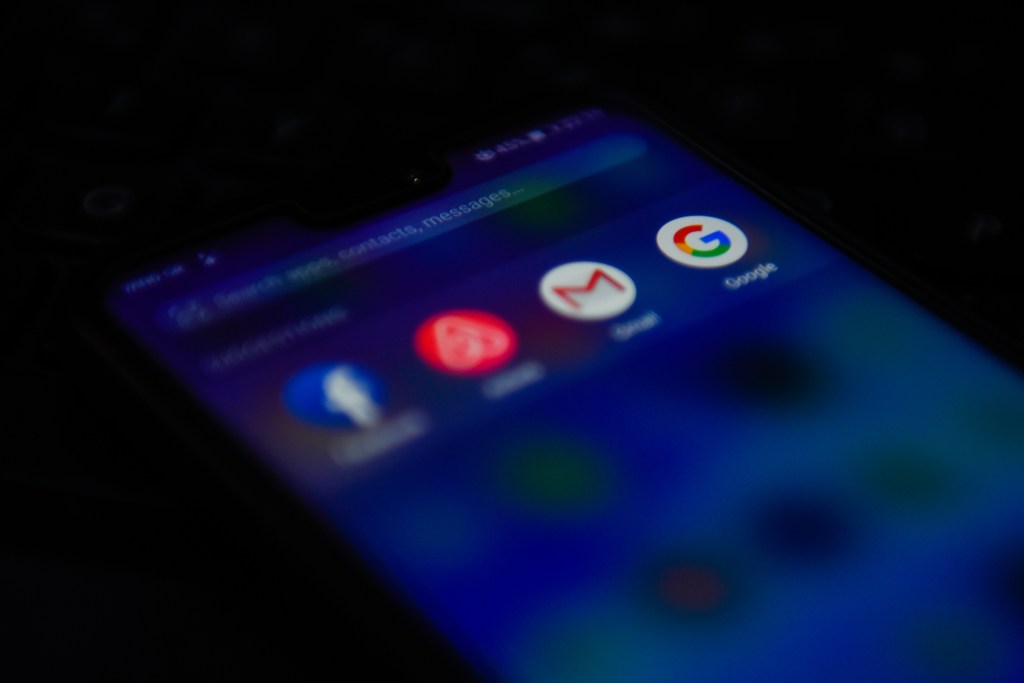In recent years, the proliferation of stalkerware—software designed to covertly monitor individuals—has raised significant ethical, legal, and security concerns. These applications, often marketed under the guise of parental control or employee monitoring tools, have been exploited to invade personal privacy, leading to a series of alarming data breaches.
Understanding Stalkerware
Stalkerware refers to software that enables someone to secretly spy on another person’s private life via their mobile device. These applications can track a wide range of activities, including call logs, text messages, social media interactions, and real-time location data. While some may argue that such tools have legitimate uses, such as monitoring a child’s online activity, their potential for misuse is profound.
A Troubling History of Data Breaches
Since 2017, at least 26 stalkerware companies have experienced significant data breaches, exposing sensitive information of both the individuals being monitored and those deploying the software. Notably, some companies have been breached multiple times, underscoring systemic security vulnerabilities within the industry.
For instance, in 2025, Catwatchful, a stalkerware provider, suffered a data leak compromising the private phone data of nearly 26,000 individuals. This incident followed breaches at other companies like SpyX, Cocospy, and Spyzie, which collectively exposed messages, photos, call logs, and other personal data of millions. These breaches not only violate privacy but also pose significant risks to the safety and well-being of those affected.
The Ethical and Legal Implications
The use of stalkerware raises profound ethical and legal questions. Deploying such software without explicit consent is a violation of privacy rights and is illegal in many jurisdictions. Moreover, the clandestine nature of these applications fosters environments of mistrust and fear, particularly in personal relationships. The Electronic Frontier Foundation (EFF) has been vocal in condemning the use of stalkerware, emphasizing its potential to facilitate domestic abuse and other forms of interpersonal harm.
Security Vulnerabilities and Data Exposure
Beyond ethical concerns, stalkerware applications have demonstrated a consistent pattern of poor security practices. Many of these apps are poorly coded, leaving them susceptible to hacking and data leaks. For example, SpyFone inadvertently exposed data by leaving an Amazon-hosted S3 storage bucket unprotected online, allowing unauthorized access to sensitive information. Such lapses not only endanger the individuals being monitored but also compromise the data of those deploying the software.
The Human Cost
The ramifications of stalkerware extend beyond data breaches. Victims often experience severe emotional distress, financial loss, and even physical harm. The invasive nature of these applications can escalate into dangerous situations, with devastating consequences for individuals and families. The use of stalkerware can erode trust, contribute to toxic relationships, and perpetuate cycles of abuse.
Protecting Yourself and Others
Given the significant risks associated with stalkerware, it is imperative to take proactive steps to protect oneself and others:
– Avoid Using Stalkerware: Refrain from deploying such applications, as their use is both unethical and illegal in many regions.
– Educate Yourself and Others: Raise awareness about the dangers of stalkerware to foster a safer digital environment.
– Utilize Secure Alternatives: For legitimate monitoring needs, consider using transparent and secure parental control tools that operate overtly and with consent.
– Seek Support: If you suspect that you or someone you know is being monitored without consent, consult resources like the National Domestic Violence Hotline for assistance.
Conclusion
The pervasive use of stalkerware poses significant ethical, legal, and security challenges. The numerous data breaches associated with these applications highlight their inherent risks and the potential for harm. By understanding the dangers and taking proactive measures, individuals can help create a safer and more respectful digital landscape.



